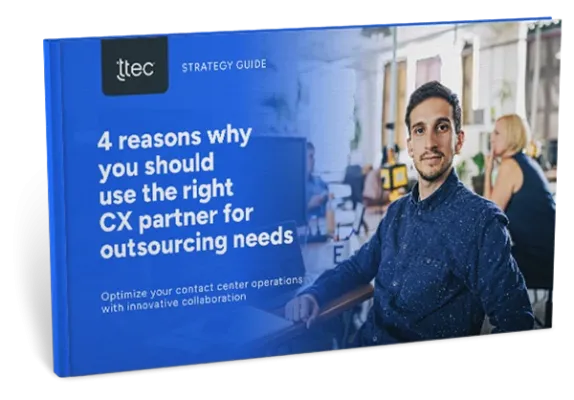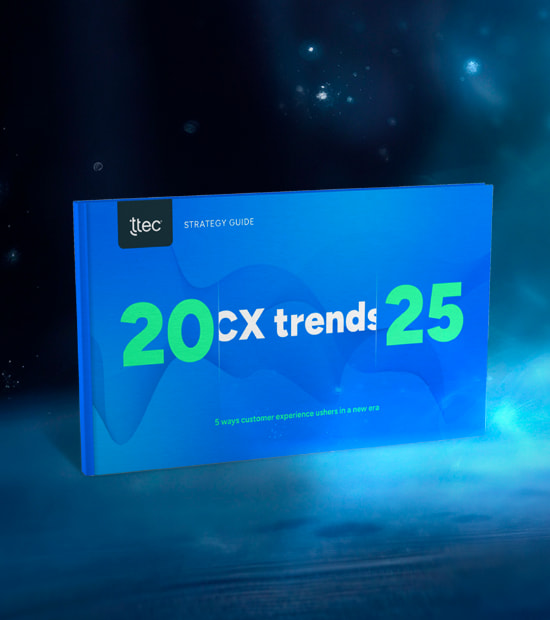Nothing beats direct customer feedback. It’s critical for any business to learn what its customers think about products and services, how they use them, and then identify gaps and areas of future innovation.
For many years customer focus groups, consumer panels, and survey research were the go-to approaches to collect customer feedback. Paper and online surveys are easy to disseminate, collect, and analyze. Focus groups and consumer panels provide important qualitative insight about customer behavior and motivations.
These research tools are essential, and will always play an important role in understanding the customer perspective. But with new data tools and connectivity, traditional approaches are being supplemented in new ways to collect a more holistic voice of the customer (VOC).
Companies are innovating how they tap into the customer consciousness. They have to, because the traditional ways of gathering customer insight don’t always yield results. Forrester reports that while 70 percent of companies collect customer feedback, only a third of these businesses are designing solutions to identified issues. In addition, 58 percent of companies don’t have the tools to collect feedback across multiple channels. This spells disconnect between companies and customers—while 80 percent of companies say they deliver “superior” customer service, only 8 percent of consumers agree.
Evolution at work
There are a number of factors driving the feedback evolution. First, there is greater demand for customer feedback than ever before. Businesses are much more focused on adopting customer-centric practices and improving the customer experience throughout the entire customer journey. This reality has created a need to capture and analyze customer feedback across all interaction points.
Second, the advent of social networks and customer engagement in online communities has created entirely new sources of customer chatter that can provide tremendous business value. There is now a wealth of both structured and unstructured data living all across the Internet and in the cloud.
Third, mobile enables feedback opportunity on the go. Consumers are untethered and can share their opinions, reviews, and feedback where and when they want. And it’s more likely that the feedback is ‘in-the-moment’ in real time.
Fourth, advancements in speech and text mining solutions and Big Data technologies enable the automated interpretation of large volumes of unstructured customer feedback sources (chats, emails, survey verbatims, voice recordings, social conversations) that was not possible or was a very manual process in the past.
The future of feedback in six steps
It is apparent that the old ways of listening to customers aren’t enough. Otherwise, businesses run the risk of making key business decisions by only partially listening to the voice of their customers. Why use only a sliver of insight, when enormous portions are possible? Here are six ways companies can leverage all the tools available to them to manage the voice of the customer.
1. Consolidate enterprisewide customer feedback.
The tools are available to track and integrate information about the entire relationship experience with the brand, versus a single transactional view. Many companies make the mistake of collecting lots of feedback, but keeping it siloed. Instead, take inventory of what is currently collected, identify gaps, and develop a roadmap for improving customer feedback collection. Institute procedures that ensure feedback is being collected across all customer segments and enforce feedback collection rules to avoid customer feedback fatigue.
2. Make resource investments to enable multichannel data capture.
Both tools and people are needed to make it happen. Tools include critical feedback collection and data interpretation tools such as Enterprise Feedback Management (EFM) platforms, text mining tools, speech mining tools, social listening tools, and advanced analytic and data visualization tools. Next, get the best people to work with this data, such as research design experts, data scientists, and marketing and customer experience application analysts.
3. Apply prescriptive analytics.
Current VOC analysis is largely descriptive (i.e., top feedback topics and trends, customer satisfaction distributions, etc.). Companies can enhance this by marrying customer profile, transactional, and behavioral data with VOC data to provide more actionable insights by key customer segments (i.e., high-value customers, high churn risk customers, demographic groupings, etc.). Apply predictive and prescriptive analytics that will provide insights and recommend next best actions.
4. Take action on insights.
Only 36 percent of customers believe they receive a follow-up from a company based on their feedback, according to a July 2015 National Omnibus Survey. It is critical to close the feedback loop, which requires prescriptive
analytics. Prescriptive analytics guide how to take action and close the loop in a very personalized, relevant manner.
5. Gain leadership alignment, collaboration, and employee engagement in VOC programs.
It is critical that senior business leaders and front-line employees get on board with VOC programs. A valuable, often underutilized, means to build employee engagement in customer-centric business practices is to regularly gather voice of the employee (VOE) feedback. This feedback helps to better understand the drivers of employee engagement and identify new methods to institutionalize an employee-led, customer-initiated innovation discipline in the business.
6. Measure ROI of expanded customer feedback management practices.
Done correctly, investment in more advanced customer feedback management (CFM) and VOC practices should at a minimum lead to three major benefits:
- Improved customer experiences, due to identification of the most severe customer experience pain points and expansion of what’s working well.
- Higher customer value from converting brand detractors into brand advocates by acting on customer feedback.
- Significant cost efficiencies after using insights to improve customer care operations and lower cost to serve.
To fully realize the benefits, establish a measurement plan that includes quantifiable performance metrics and VOC program goals. Performance dashboards should be regularly shared with business leaders and managers of customer-facing business units to sustain high employee interest and commitment to VOC business practices.
Today’s voice of the customer is no longer just about customer surveys and focus groups. New technologies can capture solicited and unsolicited customer feedback across many different touchpoints and stages of the customer experience ecosystem. This provides a much more holistic understanding of customer needs and sentiment that can be used to develop superior customer experiences and stronger customer relationships. ?

















